Organisational Behaviour Presentation: Sainsbury's Case Study Analysis
VerifiedAdded on 2023/01/12
|10
|717
|54
Presentation
AI Summary
This presentation delves into the intricacies of organisational behaviour, focusing on how leadership, teamwork, and motivation impact employee performance and overall business success, using Sainsbury's as a case study. The presentation explores crucial concepts such as team development models like the Tuckman model, different types of teams (functional, cross-functional, and virtual), and the significance of teamwork and cooperation in enhancing productivity. It examines leadership theories, including the path-goal theory and behavioural theory, highlighting their roles in employee motivation and organisational goal achievement. The presentation assesses how organisational culture, power dynamics, and political factors influence individual and team behaviour, and it evaluates the effectiveness of different motivational theories in achieving business objectives, while also highlighting the importance of building dynamic teams with strong interpersonal skills.
1 out of 10
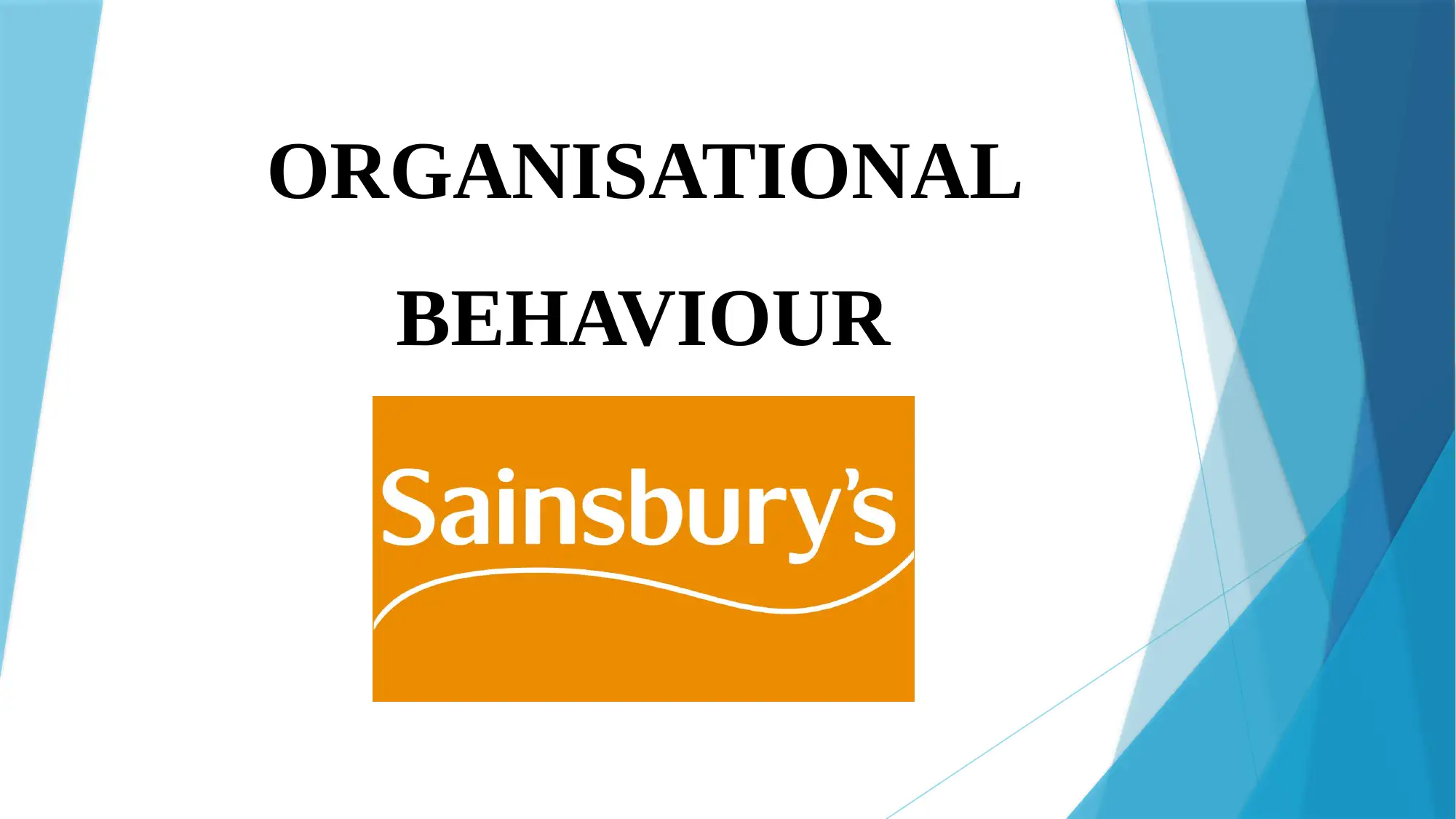

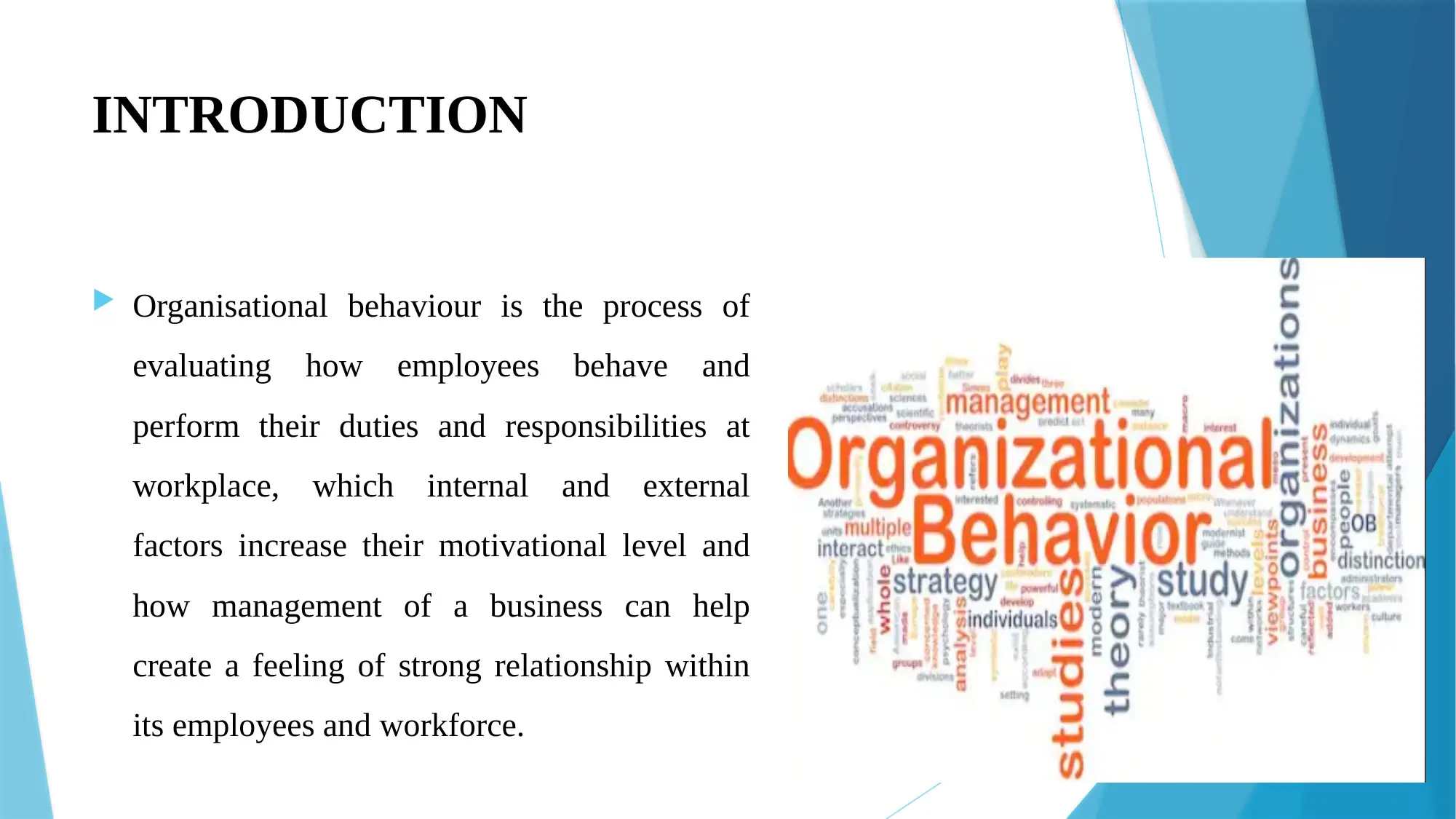


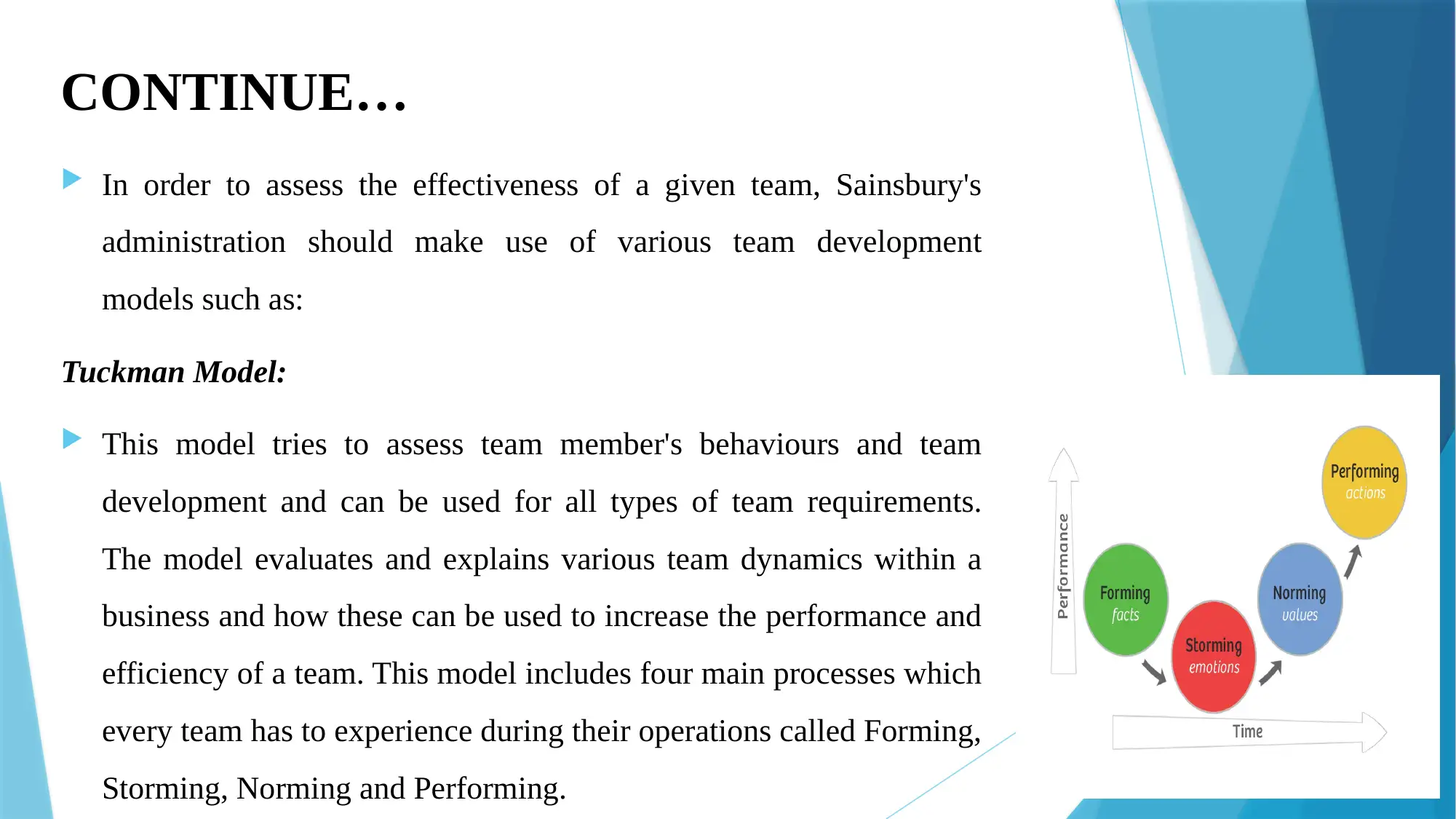
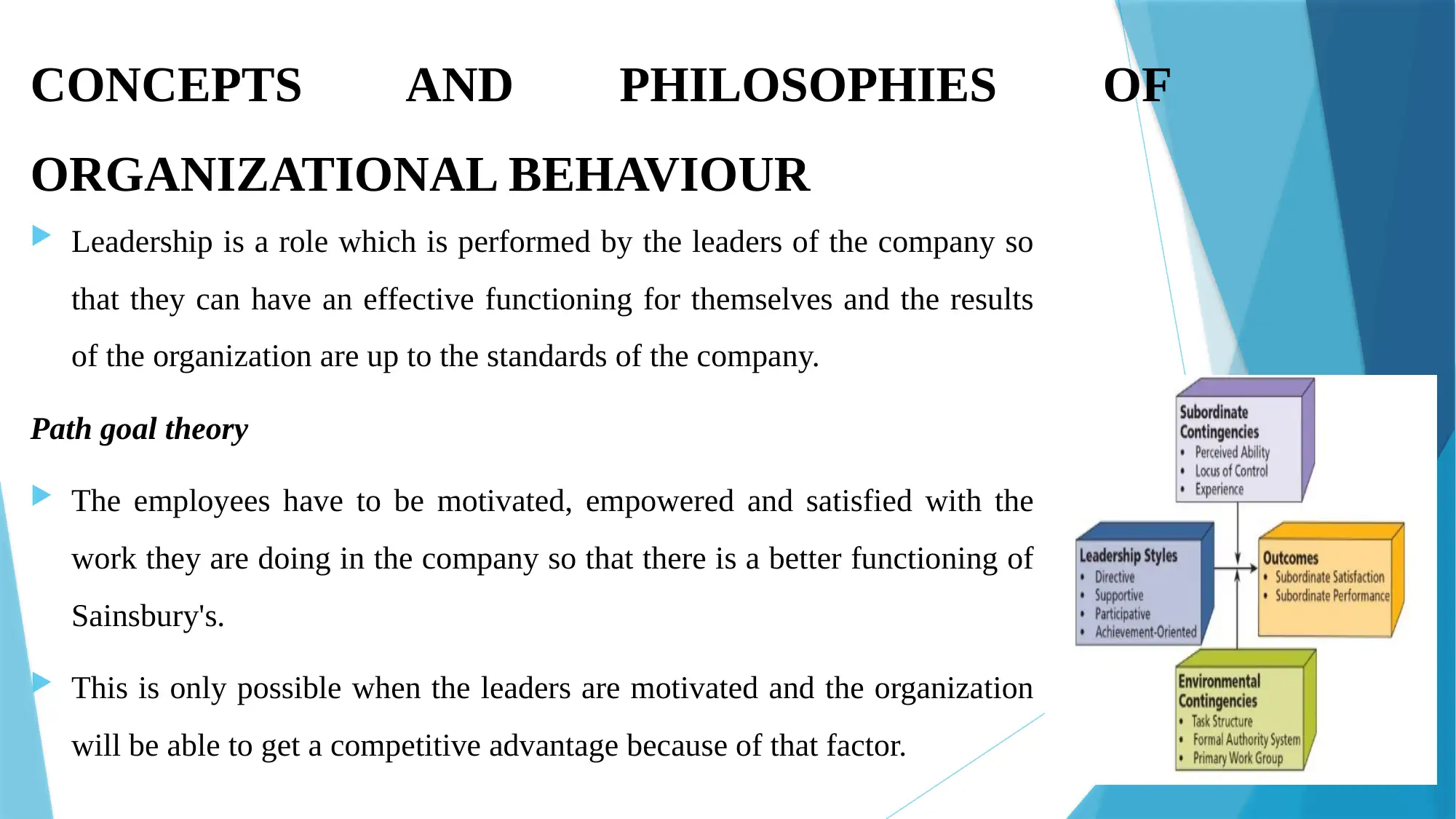
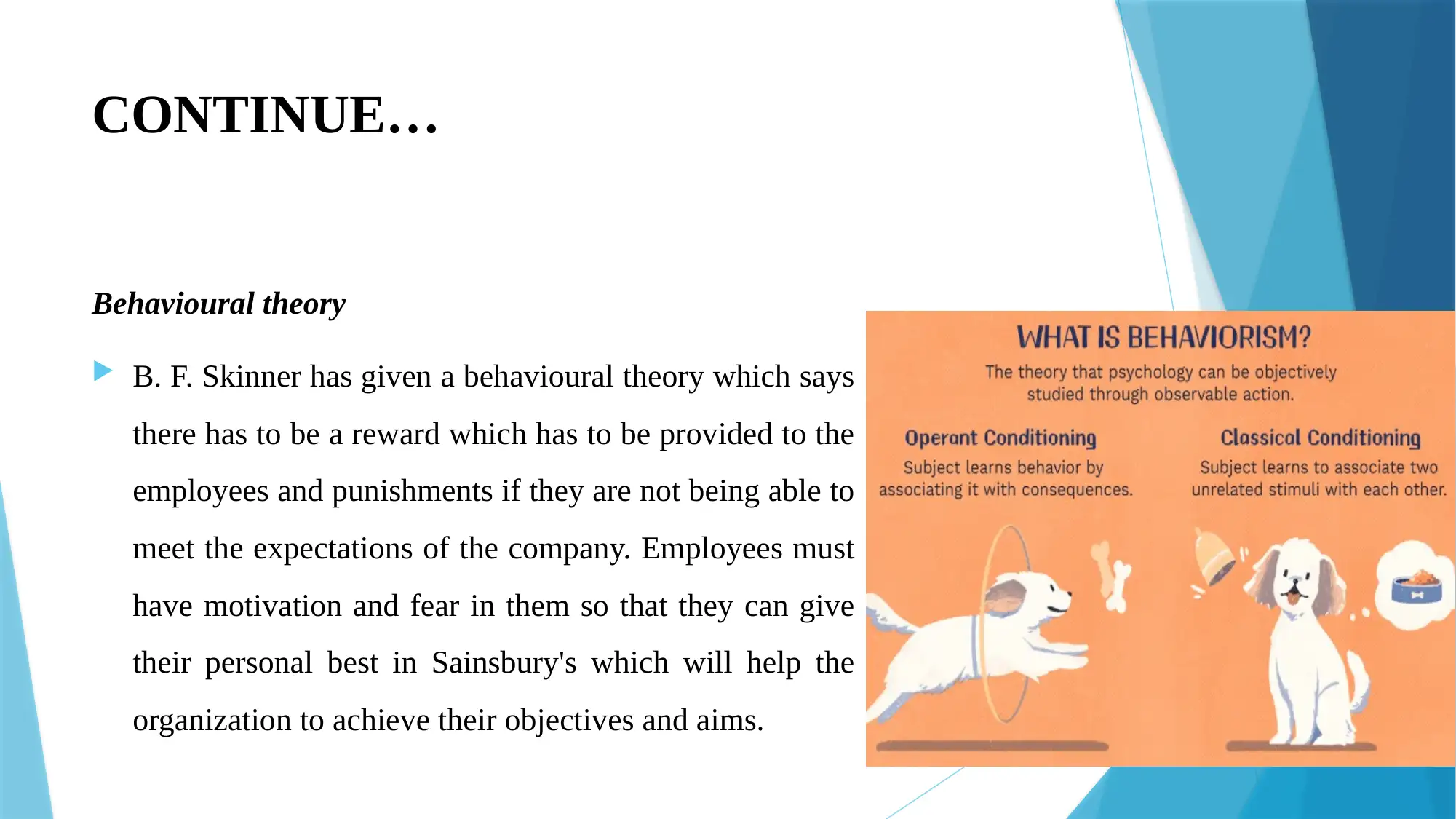

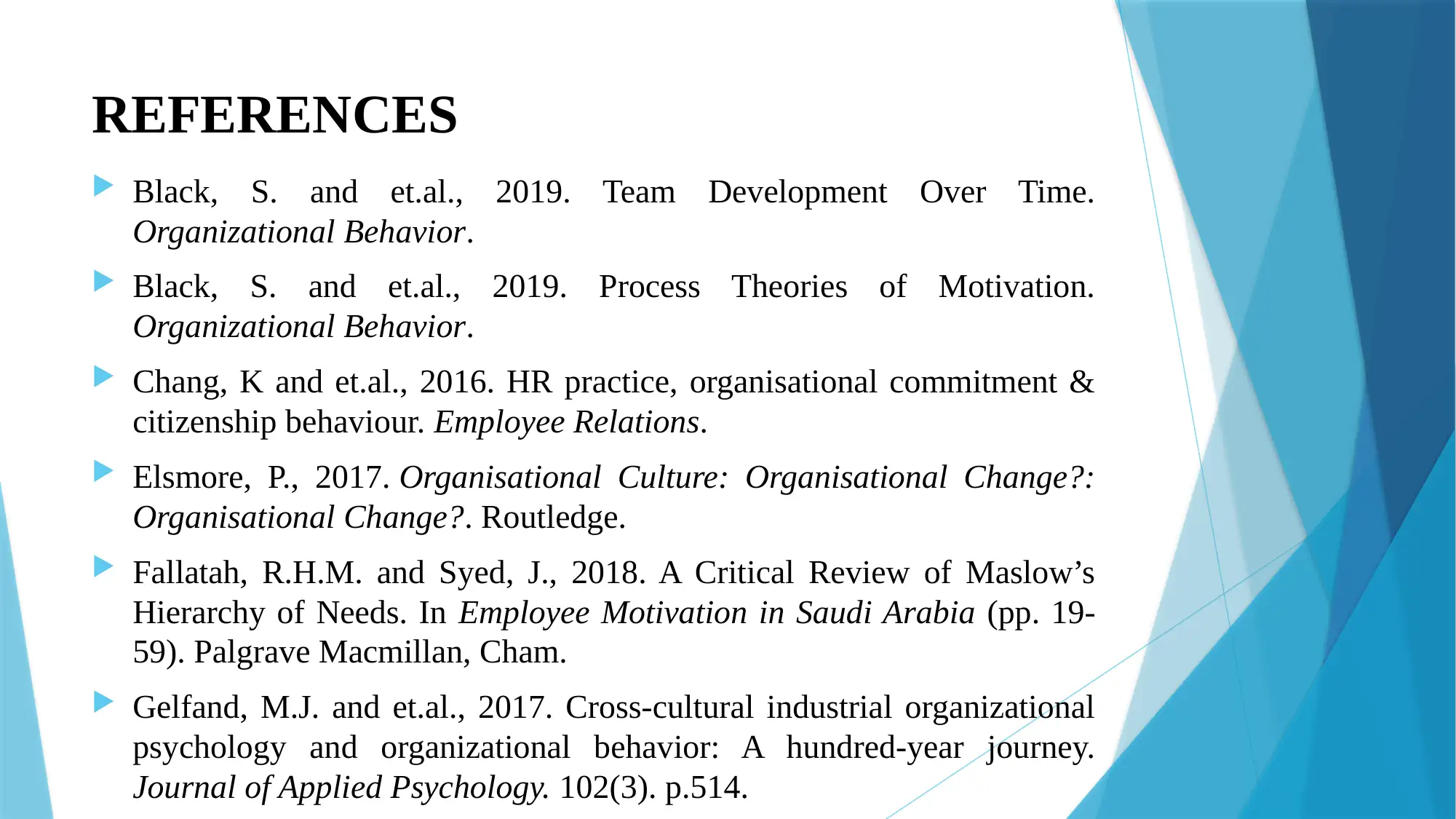
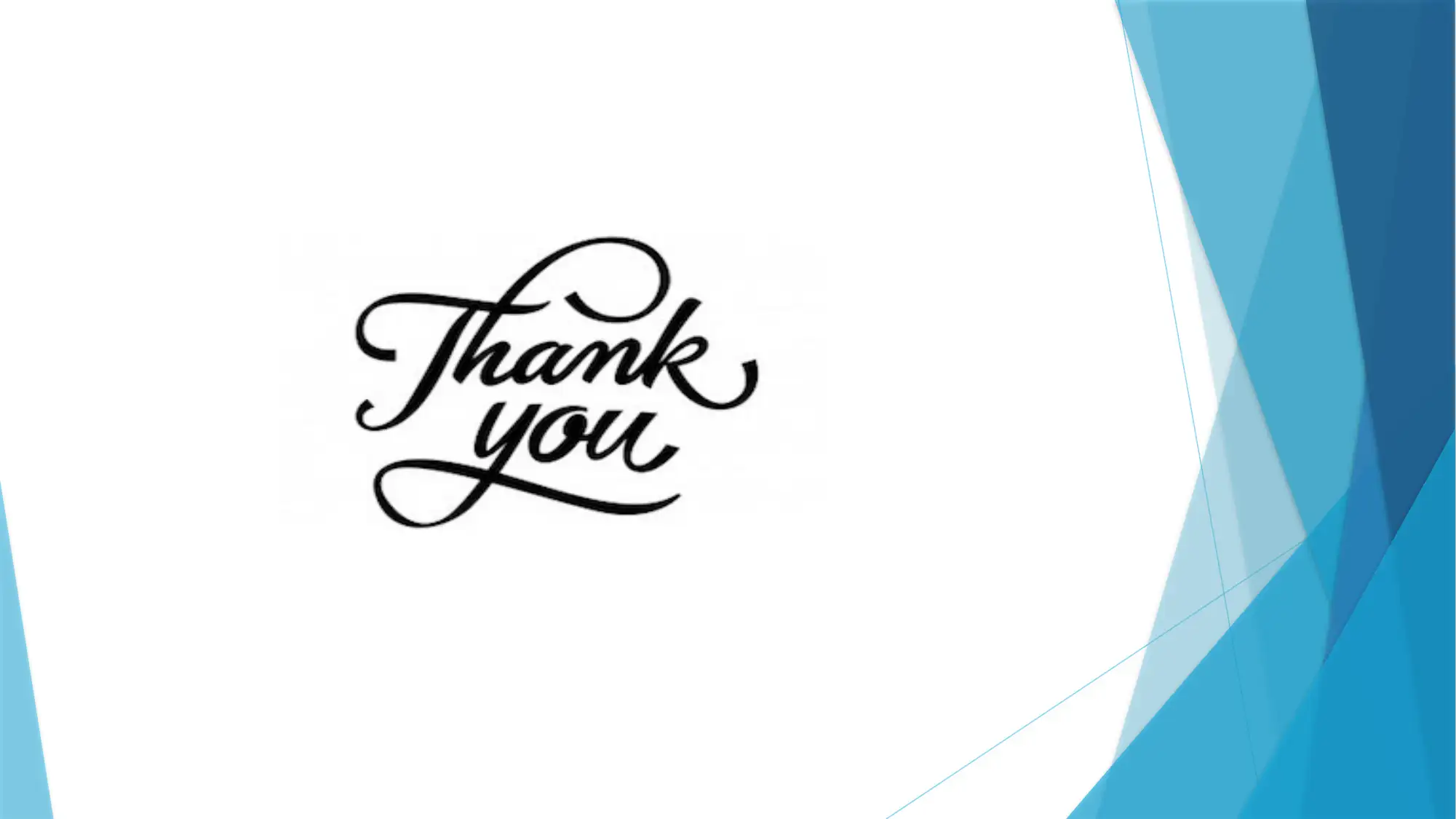





![[object Object]](/_next/static/media/star-bottom.7253800d.svg)